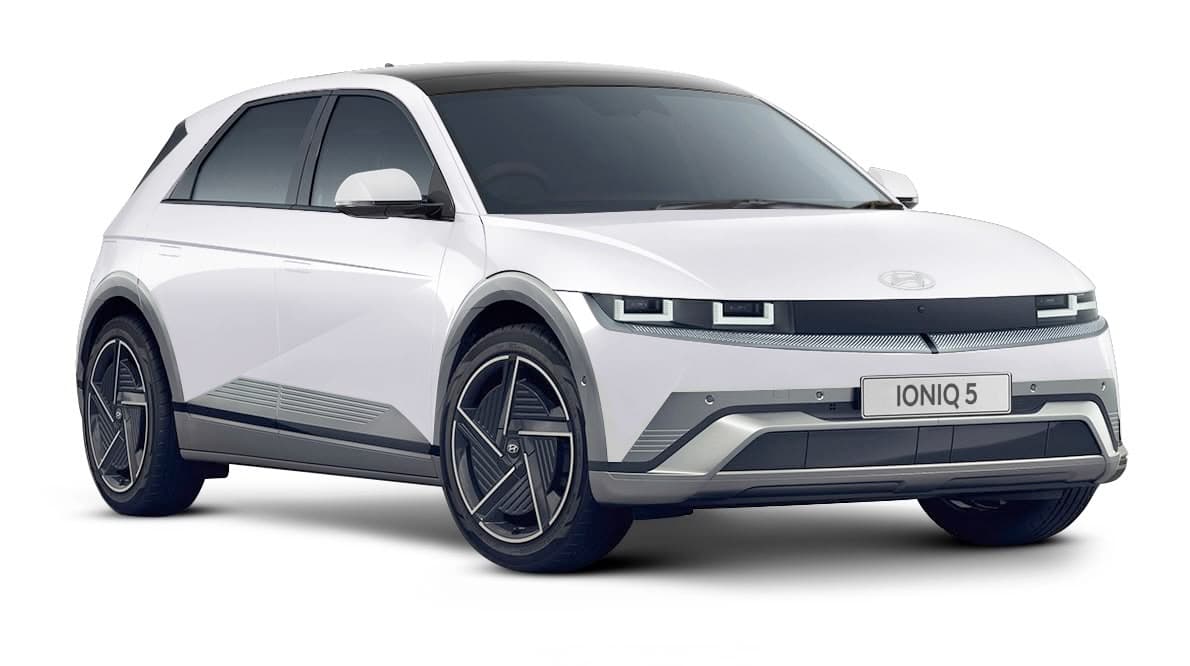Hyundai IONIQ 5

Price Range
$79,990 - $149,990
Range (WLTP)
384 - 570 km
Battery Size
58 - 84.8 kWh
Variants
The standard range variant.
Performance
0-100 km/h
8.5 sTotal Power
125 kWTorque
350 NmTop Speed
185 km/hDrive
RWDRange & Efficiency
WLTP Range
440 kmWLTP Consumption
156 Wh/kmHighway Range
343 kmYour Real Range
Calculate Battery & Charging
Battery (nominal)
63 kWhBattery (usable)
60 kWhBattery type
NMCAC Charging
10.5 kWDC Charging
195 kWVehicle-to-Load (V2L)
YesDimensions & Weight
Length
4635 mmWidth
1890 mmHeight
1600 mmGround Clearance
160 mmWeight
1830 kgShape
Medium SUVSeats
5Storage & Towing
Boot Space
527 LBoot Space (Max)
1587 LFrunk
57 LTowing (Braked)
750 kgTowing (Unbraked)
750 kgHow many Hyundai IONIQ 5 have been sold in NZ?
There have been 1,325 registered to date (including 13 used imports).
Hyundai IONIQ 5 registrations
Monthly units (includes new and used import)

